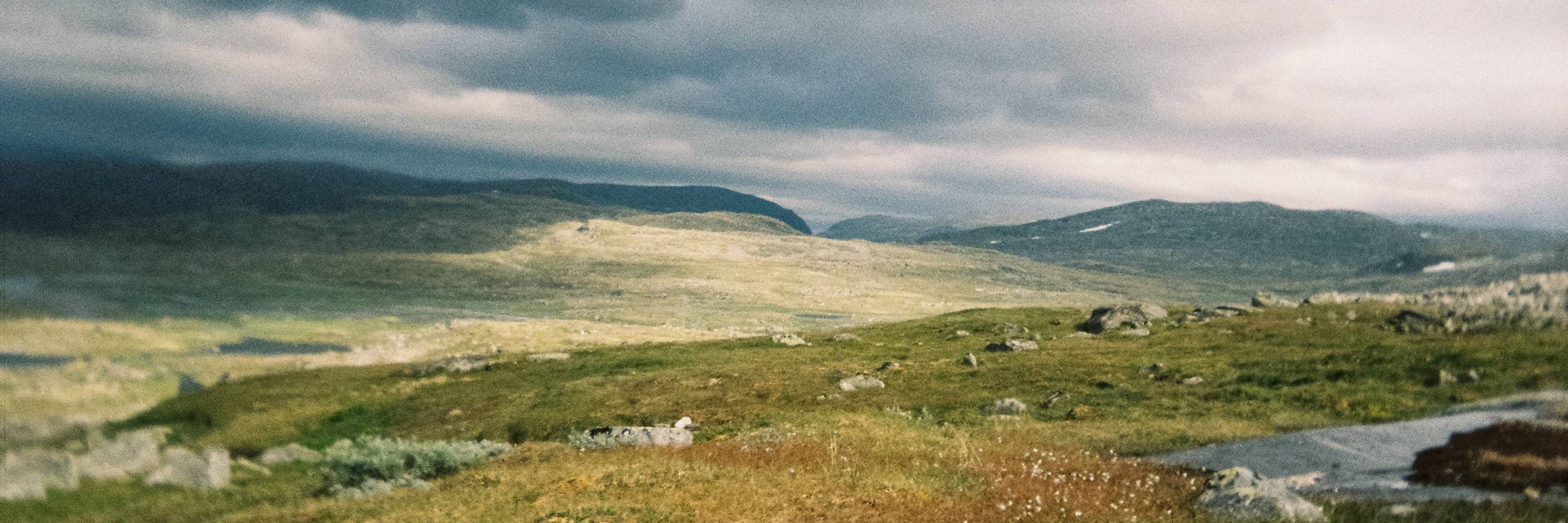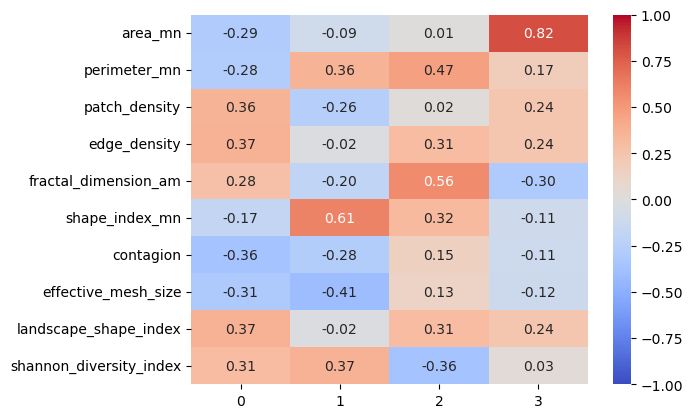
🧵👇
t.co/K7uTEeR84q

🧵👇
t.co/K7uTEeR84q

The spatial availability of CWS in urban areas can be a game changer. Here is Barcelona:

The spatial availability of CWS in urban areas can be a game changer. Here is Barcelona:
In fact, many of the Meteocat stations are featured in the GHCNh. But not all of them, i.e., there are 242 Meteocat stations vs. 93 GHCNh stations:

In fact, many of the Meteocat stations are featured in the GHCNh. But not all of them, i.e., there are 242 Meteocat stations vs. 93 GHCNh stations:
Here we can see how we can improve the spatial density of stations by combining both sources:

Here we can see how we can improve the spatial density of stations by combining both sources:
These are the GHCNh stations in Catalonia:

These are the GHCNh stations in Catalonia:
This allows exploring the fundamental components of spatial patterns as we recently eviewed.

This allows exploring the fundamental components of spatial patterns as we recently eviewed.
We can then visualize landscape samples based on their cluster assignation and spatial signatures.

We can then visualize landscape samples based on their cluster assignation and spatial signatures.
Spatial signatures are first computed using ten landscape metrics, which allows for easy factorization (e.g. PCA) using scikit-learn-like classes:

Spatial signatures are first computed using ten landscape metrics, which allows for easy factorization (e.g. PCA) using scikit-learn-like classes:

